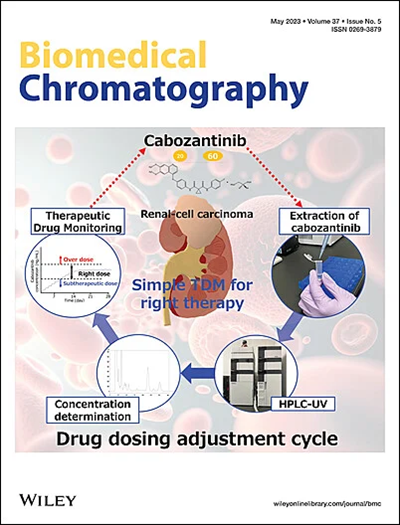Study on Cold and Hot Properties of Chinese Materia Medica Using Liquid Chromatography-Mass Spectrometry-Based Metabolomics Combined With Network Pharmacology Analysis
Abstract
The cold/hot properties of Chinese materia medica (CMM) are the core theory of traditional Chinese medicine (TCM). This study aims to investigate the cold/hot properties of CMM and find the possible mechanisms related to CMM properties using liquid chromatography-mass spectrometry (LC-MS)-based metabolomics combined with network pharmacology analysis. Typical cold and hot CMMs were given to mice by intragastric administration. The metabolomics analyses showed that cold/hot CMMs induced metabolome changes by modulating arginine and proline metabolism, tricarboxylic acid cycle, fatty acid metabolism, etc. The joint analysis of metabolomics and network pharmacology suggested that cold and hot CMMs could modulate the expression of IL-6, IL-1β, TNF, and CASPS and influence metabolic changes, thereby exhibiting their cold/hot properties. The validation study showed that the serum levels of IL-6 and IL-1β were regulated by CMM administration. Molecular docking analysis suggested that the active compound of CMM had good binding energy with target proteins. This study conducted a primary investigation to explore the CMM property from the perspective of metabolomics, which is expected to provide some research data related to the body metabolism for the scientific connotation of the cold/hot properties of CMM.

 求助内容:
求助内容: 应助结果提醒方式:
应助结果提醒方式:


